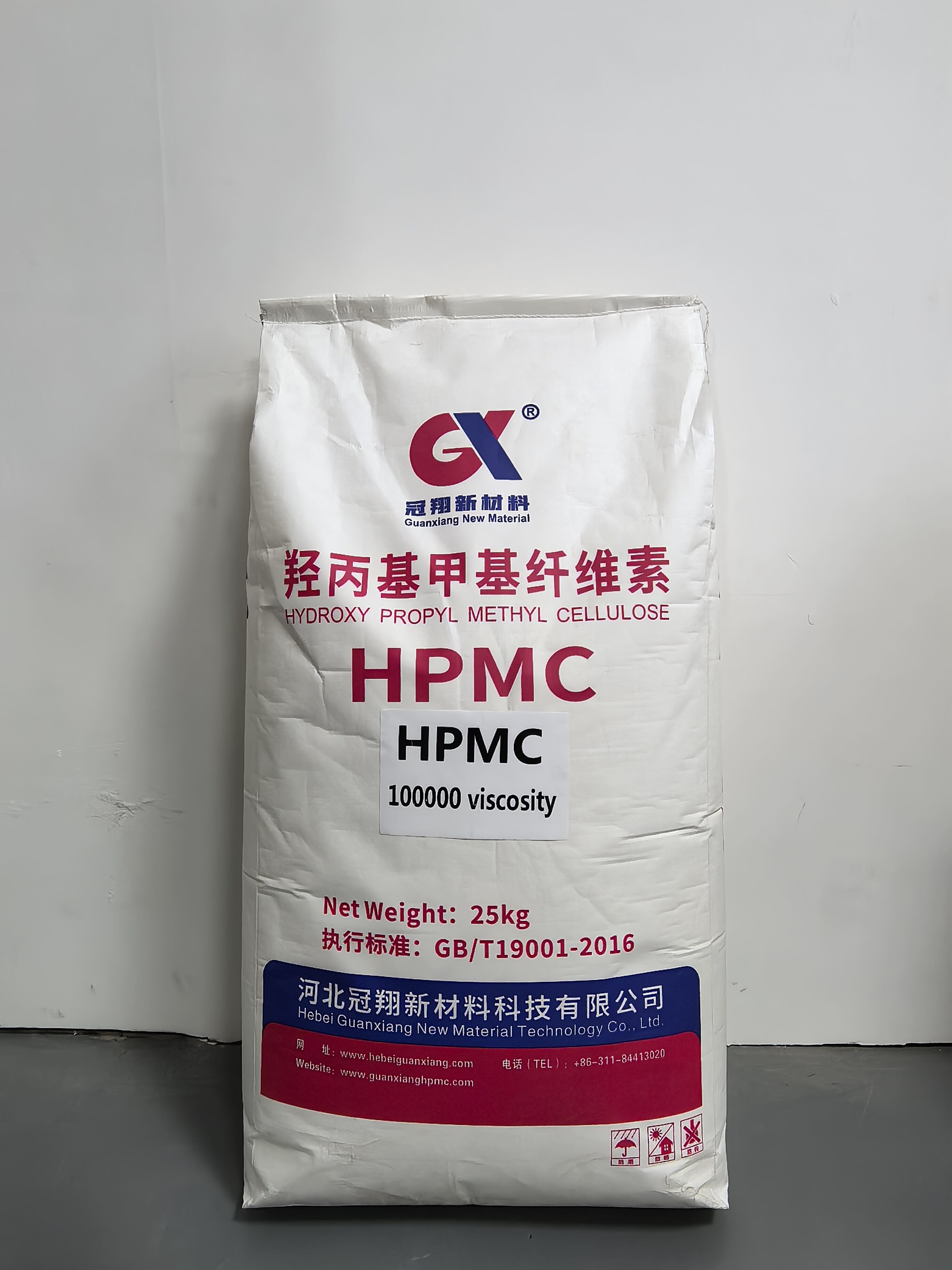הכרה עם ההשפעה המהפכנית של טכנולוגיית הסרמיקה התאית תאית
העולם התעשייתי עורך מהפכה יוצאת דופן בפתרונות ניהול תרמי, כאשר סיבי תאוס חרסית צלולוזה צובר כוח כחדשנות מתקדמת. חומר זה משלב את החוזק המבני של חומרי קרמיקה עם העמידות של סלולוזה בתצורה ייחודית של מבנה דבורים, ומשנה את הדרך בה אנו ניגשים לייעילות תרמית ביישומים שונים. מהתעשייה ועד לחומרי בניין, טכנולוגיה זו משנה את הבנתנו בנוגע לניהול חום ושימור אנרגיה.
התכונות המובהקות של חומר הסרמיקה תאית בצורת דבש הופכות אותו לבחירה יוצאת דופן ליישומים תרמיים. המבנה התאי המאורגן, בשילוב עם תכונות הבידוד הטבעיות של שני הרכיבים – הסרמיקה והצֶלֶלוֹז, יוצר אפקט סינרגטי שמגביר את היעילות התרמית תוך מינימום של שימוש בחומר. הגישה המתקדמת הזו לניהול טמפרטורה זוכה להכרה בתעשייה ובתחומים רבים, ומכשירה את עצמה גם מבחינת ביצועים וגם מבחינת עמידות סביבתית.
הרכיבים והמבנה הבסיסיים
מבנה תאי ותרכובת חומר
הבסיס של הסרמיקה התאית בצורת דבש טמון במבנה התאי המהונדס במדויק. החומר כולל תאים משושה מסודרים באופן אחיד, הדומים לדפוסי דבש טבעיים, שמאפשרים יחס כוח-למשקל אופטימלי ושטח פנים מירבי להעברת חום. רכיב הסרמיקה מספק יציבות מבנית ועמידות בטמפרטורה, בעוד ששלב הצֶלֶלוֹז מוסיף גמישות ויתרונות סביבתיים.
תהליך הייצור כולל שילוב זהיר של חלקיקי קרמיקה עם סיבי סלולוזה בסביבה מבוקרת. שילוב ייחודי זה עובר תהליכי טיפול מסוימים כדי ליצור חומר עמיד וקל שמשמר את שלמותו המבנית גם בתנאי טמפרטורה גבוהים. דפוס המשושה המתקבל מיטב הן את התפלגות החומר והן את הביצועים התרמיים.
תכונות חומר מתקדמות
תאית קרמית בצורת חלת דבש מציגה מספר תכונות יוצאות דופן התורמות ליעילות התרמית המעולה שלה. החומר מפגין עמידות מעולה בחום, עם יכולת לעמוד בטמפרטורות העולות בהרבה על חומרי בידוד מסורתיים. מוליכות תרמית נמוכה שלו מבטיחה העברת חום מינימלית על פני המבנה, בעוד שדוגמת חלת הדבש יוצרת כיסי אוויר המשפרים עוד יותר את תכונות הבידוד.
שילוב הסלולוזה לתוך המטריצה החמרית מוסיף גמישות ומקל על המשקל הכולל של החומר מבלי לפגוע בקשיחותו. שילוב ייחודי זה גם משפר את עמידות החומר בפני הלמות תרמיות, מה שעושה אותו אידיאלי ליישומים עם תנודות טמפרטורה מהירות.
מנחים ליעילות תרמית
העברה ופיזור חום
מבנה הסלולוזה החמרית הדבקי דמוי הדבש מאפשר העברה יעילה של חום דרך הרשת התאית המאורגנת שלו. התאים המשושים יוצרים תעלות מבוקרות למעבר החום, מה שמאפשר ניהול טמפרטורה אופטימלי לאורך החומר. הגישה המ,Systemמטית הזו להעברת חום יוצרת פיזור טמפרטורה אחיד יותר ופחת נקודות חמות.
המבנה הייחודי של החומר תורם גם לזרימות קונווקציה אפקטיביות בתוך התאים, ומשפר את יעילות תחילת החום הכוללת. שילוב של מנגנוני העברת חום מוליכים, קונווקטיביים ורדיואקטיביים בתוך המבנה התא-דבשי יוצר פתרון מקיף לניהול תרמי.
עקרונות שימור האנרגיה
אחת התרומות המרשימות ביותר של הסלולוזה keramit התא-דבשית היא היכולת שלה למזער אובדי אנרגיה. המבנה של החומר תופס באופן יעיל אוויר בתוך התאים שלו, וсоздает שכבות בידוד מרובות שמפחיתות את העברת החום בין סביבות. תכונה זו הופכת אותה לחשובה במיוחד ביישומים בהם שימור הפרשי טמפרטורה הוא קריטי.
יכולות השמירה על האנרגיה של הסלולוז החרסית החרוזית עולות על בידוד פשוט. היכולת של החומר לאגור אנרגיה וחום לשחרר אותם בהדרגה עוזרת לייצוב תנודות הטמפרטורה, ומקטינה את צריכת האנרגיה של מערכות חימום וקירור.

יישומים ותועלות תעשייתיות
אינטגרציה של תהליך ייצור
תעשיות מאמצות יותר ויותר צלולוז קרמי של פח דבש בתהליכי הייצור שלהם בשל תכונות היעילות התרמית יוצאות דופן שלה. היכולת של החומר לעמוד בטמפרטורות גבוהות תוך שמירה על שלמות המבנה הופכת אותו אידיאלי עבור תנורים, תנורים, ומכשירים אחרים לטמפרטורות גבוהות.
שילוב של צלולוז קרמיק של קשת דבש בתהליכי הייצור הוביל לשיפורים משמעותיים ביעילות אנרגיה ובשליטה בתהליך. חברות מדווחות על צריכת אנרגיה מופחתת, איכות מוצר עקבית יותר, ודרישות תחזוקה נמוכות יותר בהשוואה לפתרונות ניהול תרמי מסורתיים.
השפעה סביבתית וקיימות
היתרונות הסביבתיים של צלולוז קרמי של קשת דבש הם משמעותיים. שילוב של צלולוז, משאב מתחדש, מקטין את טביעת הרגל הסביבתית הכוללת של החומר. בנוסף, היעילות התרמית המשופרת מובילה לצריכת אנרגיה מופחתת, אשר תורמת להפחתת פליטות גזי החממה.
עומק החומר ואריכות החיים שלו תורמים להגברת הקיימות שלו. הירידה בצורך להחלפה ולתפעול חוסכת משאבים ומפחיתה את ייצור הפסולת לאורך זמן.
פיתוח עתידי וחדשנות
מגמות מחקר ופיתוח
המחקר המתמשך בטכנולוגיה של תאית קרמיקה דבש ממשיך לחשוף אפשרויות חדשות. חוקרים חוקרים דרכים לשכלל את תכונות החומר באמצעות טכניקות ייצור מתקדמות ושילובים חדשים של חומרים. התפתחויות אלו מבטיחות יעילות תרמית גבוהה יותר ויישומים פוטנציאליים רחבים יותר.
המחקר הנוכחי ממקד באופטימיזציה של המבנה התאי, שיפור התנגדות הטמפרטורה, ופיתוח יישומים חדשים לחומר הגלם הגלם הזה. שילוב של חומרים חכמים ותכונות התאמה נבחן אף הוא לצורך יצירת פתרונות מתקדמים לניהול תרמי.
ת Peblications חדשות
הגיוותנות של תאית הסרמיקה הדבשנית פותחת דלתות ליישומים חדשים בתחומים תעשייתיים רבים. מחלקי תעופה ועד לחומרי בנייה ברת-קיימא, טווח היישומים ממשיך להתרחב. תכונות הייחודיות של החומר הופכות אותו למבטיח במיוחד במיזמי בנייה ירוקה ובמערכות ניהול טרמיות דור הבא.
תעשייה חוקרת גם את השימוש בתאית הסרמיקה הדבשנית ליישומים של אחסון אנרגיה, תוך ניצול תכונות התרמיות שלה לצורך פיתוח פתרונות יעילות לאחסון חום. חדשנות אלו עשויות לשחק תפקיד מרכזי בהתקדמות מערכות האנרגיה המתחדשת ובהשכלת היעילות האנרגטית בתחומים רבים.
שאלות נפוצות
מה גורם לתאית הסרמיקה הדבשנית להיות יעילה יותר מחומרי בידוד מסורתיים?
השילוב הייחודי של חוזק החרסית, גמישות הסלולוז והמבנה החרוזי יוצר יעילות תרמלית מרשימה באמצעות שכבות בידוד מרובות והתפלגות חום מיטבית. היכולת של החומר לשמור על ביצועים בתנאים קיצוניים תוך כדי שהוא קל משקל וע durable הוא מה שמבדיל אותו מהאופציות המסורתיות.
כמה זמן обычно נמשכת הסלולוז החרסית החרוזית ביישומים תעשייתיים?
בהפעלה ובתנאי תחזוקה מתאימים, הסלולוז החרסית החרוזית יכולה לשמור על תכונות היעילות התרמית שלה למשך 15–20 שנה או יותר ברוב היישומים התעשייתיים. ההתנגדות שלה ל sock תרמי ויציבות מבנית תורמת לחיי השירות הארוך שלה בהשוואה לחומרים מסורתיים.
האם תאית חומת דבש סרמית סELLULוזית הינה ידידותית לסביבה?
כן, החומר מציע יתרונות סביבתיים משמעותיים באמצעות השימוש בצלולוז מתחדש, פחת בצריכת האנרגיה ביישומים, וחיי שירות ממושכים. תהליך הייצור שלו יכול להיות מעוצב במטרה לצמצם את ההשפעה הסביבתית, ויעילות החומר תורמת להפחתת פליטת הפחמן בישומים שונים.
 EN
EN
 AR
AR
 CS
CS
 DA
DA
 NL
NL
 FI
FI
 FR
FR
 DE
DE
 EL
EL
 HI
HI
 IT
IT
 JA
JA
 KO
KO
 NO
NO
 PL
PL
 PT
PT
 RO
RO
 RU
RU
 ES
ES
 SV
SV
 IW
IW
 ID
ID
 SR
SR
 SK
SK
 UK
UK
 VI
VI
 HU
HU
 TH
TH
 TR
TR
 AF
AF
 MS
MS
 CY
CY
 IS
IS
 BN
BN
 LO
LO
 LA
LA
 NE
NE
 MY
MY
 KK
KK
 UZ
UZ


